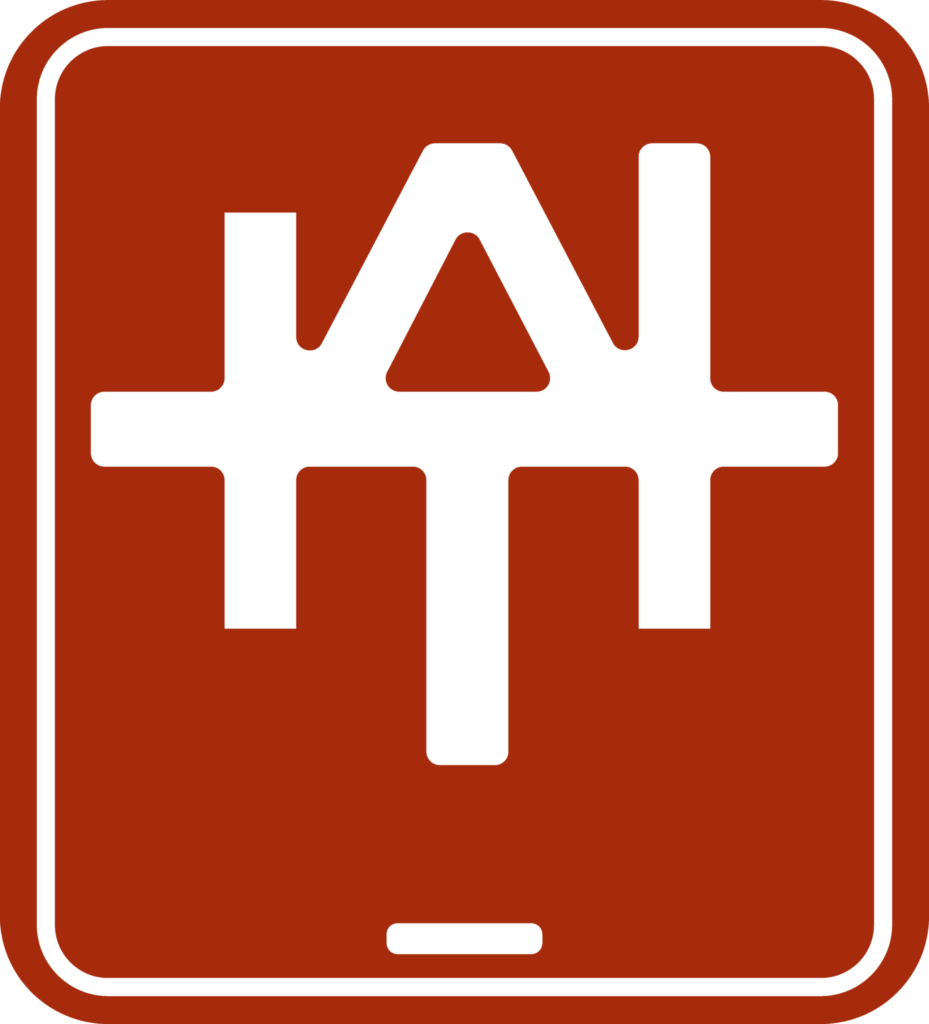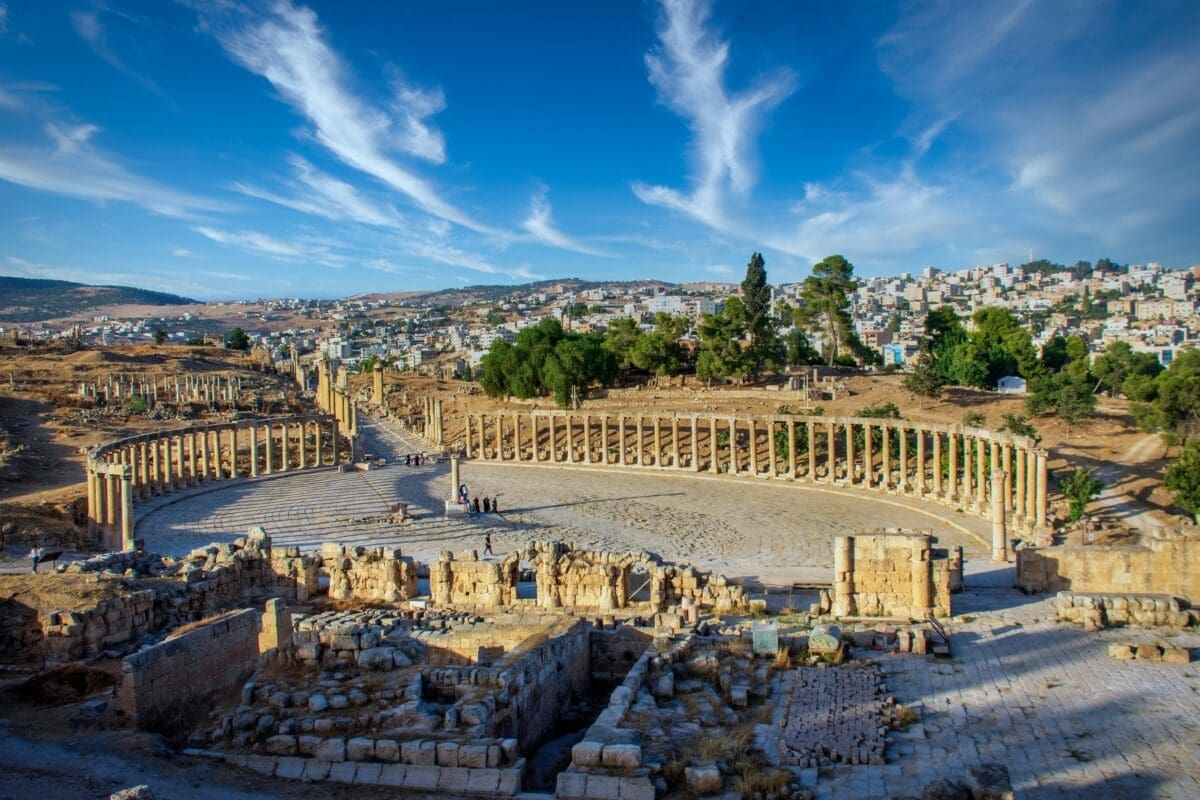The emperors of ancient Rome are widely remembered for their scandalous politics and military conquests across their 1000-year reign. In addition, the Roman Empire has also made major contributions to the advancement of science, technology, and law.
Naturally, all that physical and mental exertion required much-needed stress relief, and the Roman Emperors made sure they had their fun.
Despite their impressive track record, the Romans were definitely not all work and no play. In fact, ancient Roman emperors were very serious about their leisure and would have a string of activities to choose from when life got too overwhelming.
In this article, we will explore the many activities that ancient Roman emperors did for fun.
Chariot Racing
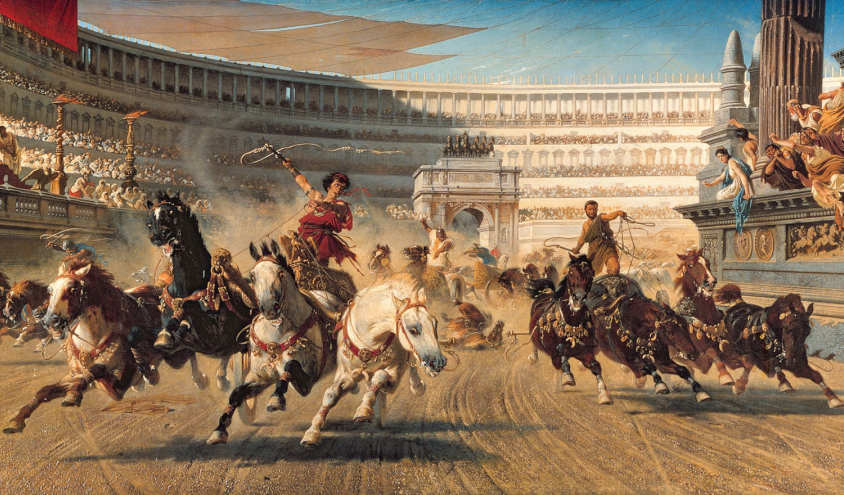
Thrilling, dangerous, and loud, chariot racing was ancient Rome’s NASCAR Cup, with professional chariot drivers flocking from all parts of the empire to show their courage and skills. Spectating chariot racing was one of the most popular leisure activities for both Roman citizens and emperors, taking place in lavish sporting arenas like the Circus Maximus and Hippodrome.
For Roman emperors, chariot racing was not just something to watch for fun, but also a place to socialize and get a bit of an ego boost as thousands of citizens would come to ask for favors at their attendance.
Emperor Nero was so passionate about chariot racing, that he would drive his own chariot, a rarity as most drivers were of low social ranks.
Theatre Show Nights
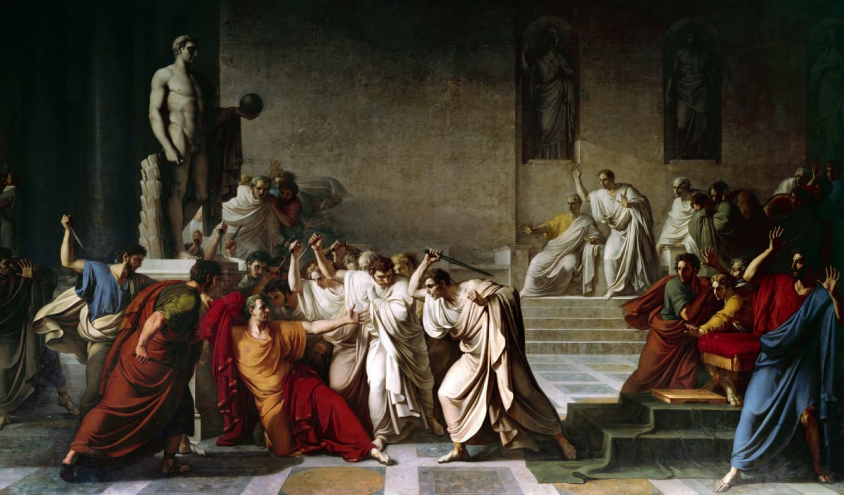
One of the most classy ways a Roman Emperor would spend his evening was at the theater. Inspired by the Greeks, theatrical plays and drama were a popular leisure activity for the ancient Romans.
Common genres of theatre were comedies, tragedies, mimes, and drama, featuring actors dressed in colorful costumes wearing bright masks to signify their characters. The first Roman theatre to be built was the Theater of Pompey, completed in the third century and able to house 20,000 spectators at once.
To make themselves more popular among the public, Roman Emperors would often put on free shows for everyone to attend.
Gladiator Fights
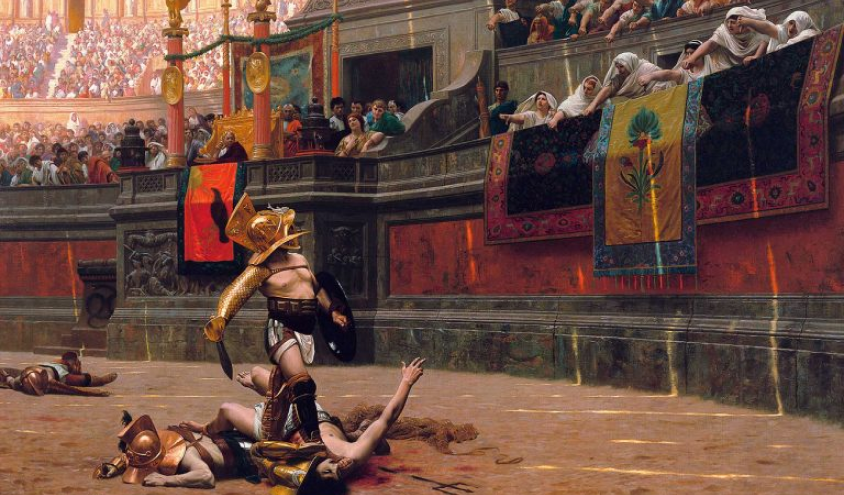
Today, watching people fight is a form of entertainment preferred by a select part of the population, but back in Ancient Rome, it was a universal enjoyment. Emperors and civilians alike would assemble at huge amphitheaters to spectate violent matches of gladiators.
These men would be trained in arena-fighting against other gladiators or sometimes animals, where they would fight to the death.
The ancient Roman Emperors also enjoyed watching gladiator matches, with Emperor Commodus even participating as a gladiator himself. Attending these games was a way for emperors to interact with their people, as well as show everybody how rich and famous they were at the same time. Overall, it was a win-win situation for them.
Dinner Parties
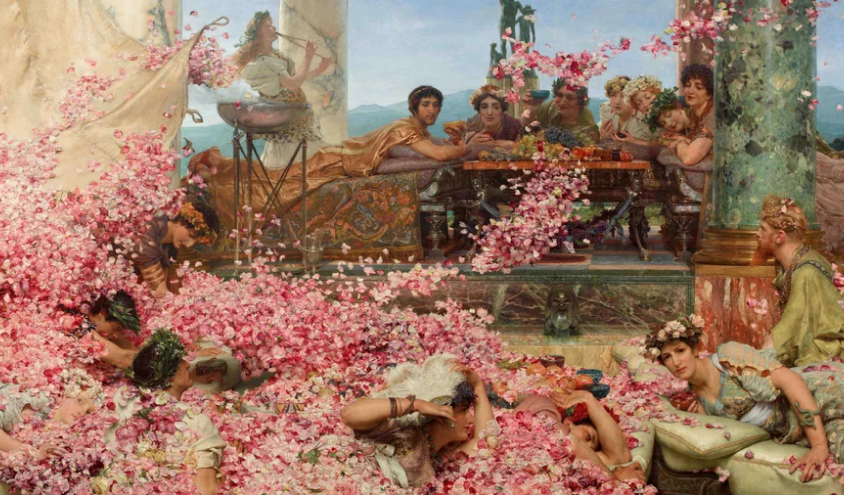
Lavish, extravagant, and full of alcohol, Roman dinner parties were the place to be in ancient Rome. Thrown by Roman emperors and aristocrats, dinner parties were a social symbol of wealth, power, and class. The invitation list for such parties was typically very select, with both friends and enemies often invited.
Splendor and glamor were given at these events, with accounts of food and drinks sourced from all over the world served to guests. Emperor Elagbalus was said to have built his banquet hall with a false ceiling, to allow for streams of flowers to fall on his guests when dining. Nothing was too much for Roman Emperors at their dinner parties, all in the name of good fun.
Roman Baths
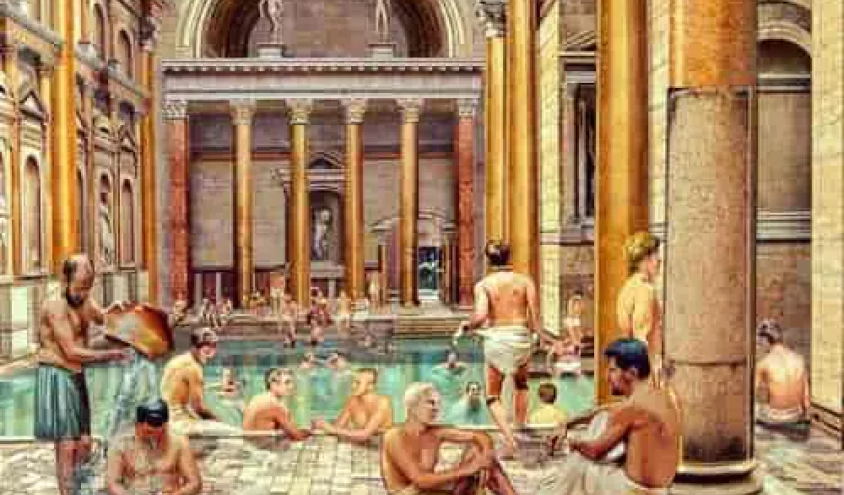
Bathing was a common pastime for Roman Emperors, with many building great luxurious bath complexes named after them. Dubbed thermae, these bathhouses would often have libraries and lecture halls attached, making them places for socializing and studying along with personal hygiene.
Conclusion
The ancient Roman Emperors are famously known for their cruelty, debauchery, and luxury, but that doesn’t mean they didn’t know how to have fun. When they weren’t spending their time leading the empire, Roman Emperors preferred to spectate or take part in many leisure activities.
These include chariot races, theatre shows, gladiator fights, dinner parties, and bathing. This goes to show that even the royals sometimes need a break from work to just go and have some fun.
